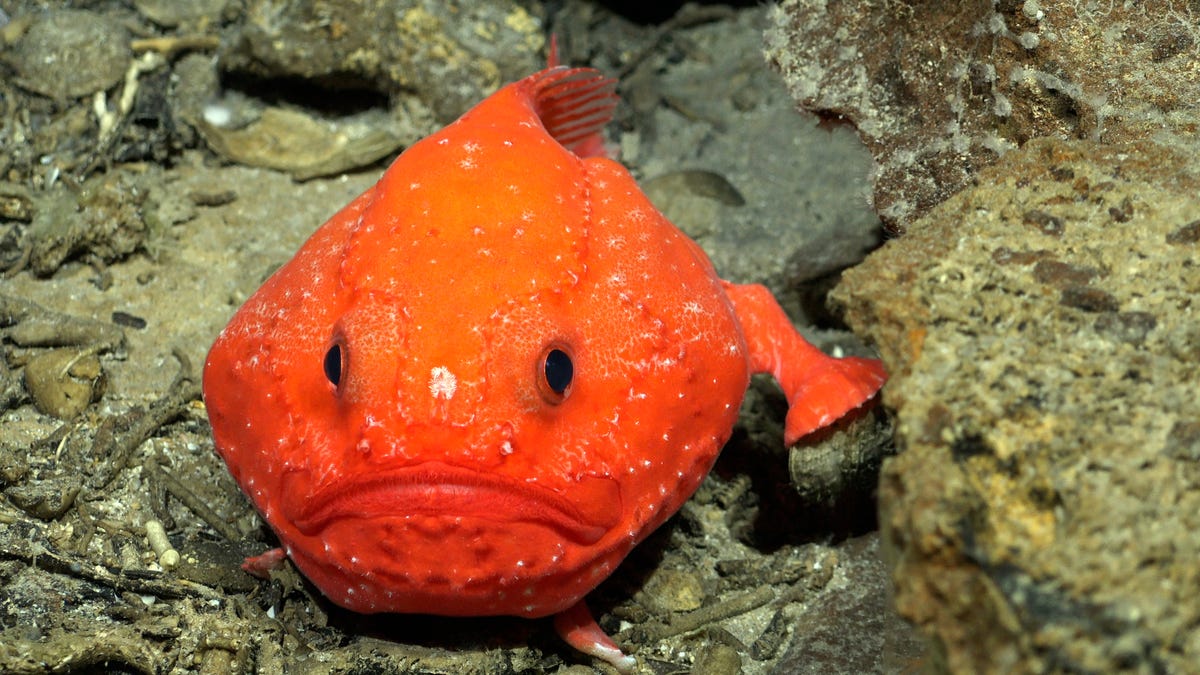What It Really Means That the U.S. Won’t Reach Herd Immunity


An article in the New York Times today highlights a growing attitude among public health experts about the near future of the covid-19 pandemic: Herd immunity, at least for the time being, is likely out of reach in the U.S. But as upsetting as that sounds, it doesn’t mean the pandemic won’t be substantially contained to the point of allowing people to largely resume their normal lives this year.
Herd immunity is a deceptively complex concept to nail down. But in its simplest form, it describes a level of immunity to an infectious disease in a local population that stops the disease from spreading even when it does pop up. The fastest and safest way to reach herd immunity is through mass vaccination, but people’s disease-acquired immunity can play a part, too. Some of the people who would be protected by herd immunity to covid-19 will be those unwilling to get vaccinated, but many others are simply unable to get vaccinated, such as children under 16 (for now) or people with certain immune disorders. Herd immunity will also protect vaccinated and previously infected people, since breakthrough infections and reinfections are a rare but real possibility.
Unfortunately, the country as a whole is about to reach the vaccine cliff, where there isn’t enough access to or demand for the ample supply of vaccines we now have available. Currently, about 56% of eligible adults in the U.S. have taken at least one dose of a covid-19 vaccine, including 82% of people over age 65. That accounts for 44% of the country in total having been vaccinated so far. Even if we do vaccinate millions more Americans, surveys have consistently shown that about 10% to 15% of people are vehemently opposed to vaccination, no matter what.
This reality, coupled with the spread of more transmissible variants of the coronavirus, might just mean that the threshold for herd immunity isn’t met in the U.S—maybe.
One important factor here goes back to disease-acquired immunity. Unfortunately, many Americans have already contracted covid-19, likely somewhere around 30% of the country. There will be overlap between people who survived covid-19 and those vaccinated against it, but combined, the level of population immunity is higher than you would assume from the vaccination rate alone. Right now, our estimates of the herd immunity threshold aren’t concrete either. While many experts believe that herd immunity kicks in when around 80% of a population is vaccinated or previously infected, there are some who argue that the percentage could be lower and still achieve herd protection.
G/O Media may get a commission
Even in the worst-case scenario, where herd immunity is out of reach for now, that doesn’t mean doom, as the full text of the New York Times article makes clear. Herd immunity can stop diseases like covid-19 from causing outbreaks altogether, but the virus’s potential for destruction will be tamped down long before that point.
In the UK and Israel, for instance, covid-related cases, deaths, and hospitalizations have dropped like a stone. Both countries’ vaccination rates are higher than ours—52% in the UK and 60% in Israel—but not at the level thought to be needed for herd immunity. Unlike these two countries, the U.S. has continued to experience a relatively high level of cases, deaths, and hospitalizations even as the vaccine rollout has been successful. But there are now clear signs of the plateau dropping off, especially in higher-vaccinated areas. On Sunday, the city of Los Angeles reported zero covid-related deaths, which hasn’t happened since March 2020. Nationally, the seven-day average of new cases has dropped 31% in the past two weeks, and even problem spots like Michigan are now on the decline.
If recent history is any judge, then the U.S. is about to experience a sustained downswing in the pandemic, aided by vaccination, some level of preexisting immunity, and possibly other factors like warm weather—enough for near-normalcy by summertime.
This doesn’t mean that covid-19 will be gone in the near future or that it isn’t an immediate threat in some ways. Similar to other vaccine-preventable diseases like measles, there may be pockets of unprotected people in the U.S where outbreaks can occur if given the chance. And our immunity, both vaccine-provided and disease-acquired, isn’t likely to last forever, so booster shots may be needed eventually. But it’s really the rest of the world that’s most in trouble right now.
India is the middle of what could be the most horrific surge of covid-19 to have happened so far, with hundreds of thousands of new reported cases every day and likely thousands of deaths that are going uncounted. Meanwhile, fewer than 8% of the world’s population is partially vaccinated, and current projections are that it will take until 2023 for mass global vaccination to be possible. There are several reasons for this vaccine lag, but one large factor has been the reluctance by vaccine makers to waive their patent rights so that poorer countries can more affordably purchase or produce their own vaccines—a refusal that powerful interests and wealthier countries like the U.S. have so far supported (but may be wavering on).
The worst of the pandemic may be behind us in America, but until vaccine access is a reality everywhere, it’s still a real and present danger to humanity.
More: You’re Far Less Likely to Spread Covid-19 If You Get the Vaccine





